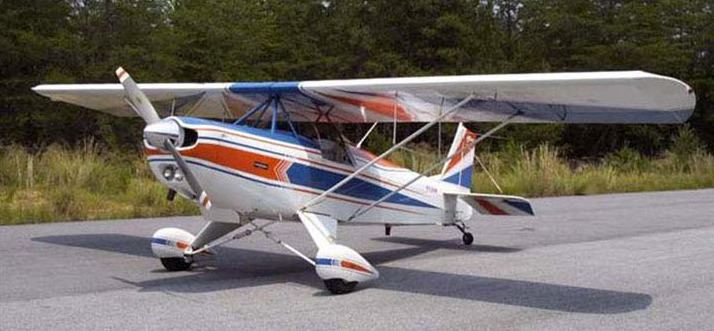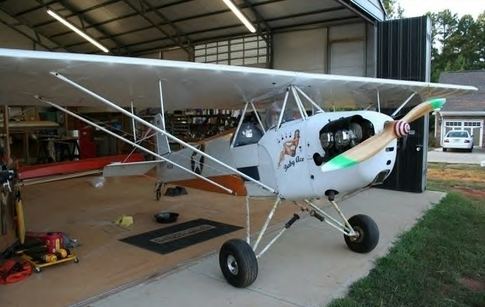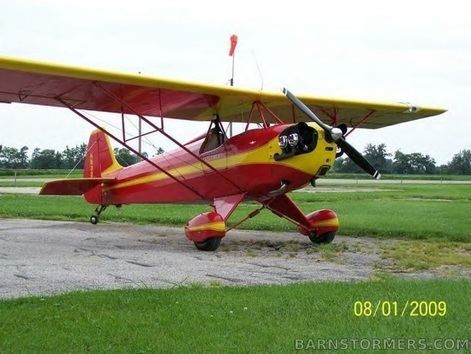Top speed 176 km/h Wingspan 8.08 m Length 5.46 m Engine type Continental O-170 | Range 560 km Weight 260 kg Unit cost 2,750–2,750 USD (1971) | |
 | ||
The Ace Baby Ace was the world's first aircraft to be marketed as a homebuilt aircraft when its plans were offered for sale in 1929. Plans are still available and Baby Aces are still being built today. Orland Corben designed a series of aircraft for the Ace Aircraft Manufacturing Company, the Baby Ace, Junior Ace, and Super Ace. Corbin's name was associated with the aircraft, and it is commonly known as the Corben Baby Ace.
Contents

Design

It is a single-seat parasol wing monoplane of conventional taildragger configuration. Individual examples have been configured with tricycle landing gear. The fuselage is of fabric-covered tubular construction and the wings are wood. The first example flew with a Heath-Henderson B-4 modified motorcycle engine. A variety of aircraft powerplants may be used, typically in the 65-100 hp (50-75 kW) range. Examples have been built using 70 hp Chevrolet Corvair engines.
Operational History

The Baby Ace kits and production models were constructed in Madison, Wisconsin. In America, state and federal laws banned homebuilding and flight in the uncertified designs by 1938. In 1948, Experimental aircraft were allowed to be built again in America. In 1952 Paul Poberezny, founder of the Experimental Aircraft Association bought the rights to the Ace aircraft for $200, and produced a sub-$800 Baby Ace that was featured in Mechanix Illustrated. The series of articles were in conjunction with a CAA effort to revitalize American aviation by promoting amateur built aircraft. A 1958 Baby Ace is currently the oldest Canadian homebuilt aircraft flying.
Variants
Specifications (Baby Ace D)
Data from Experimenter
General characteristics
Performance
